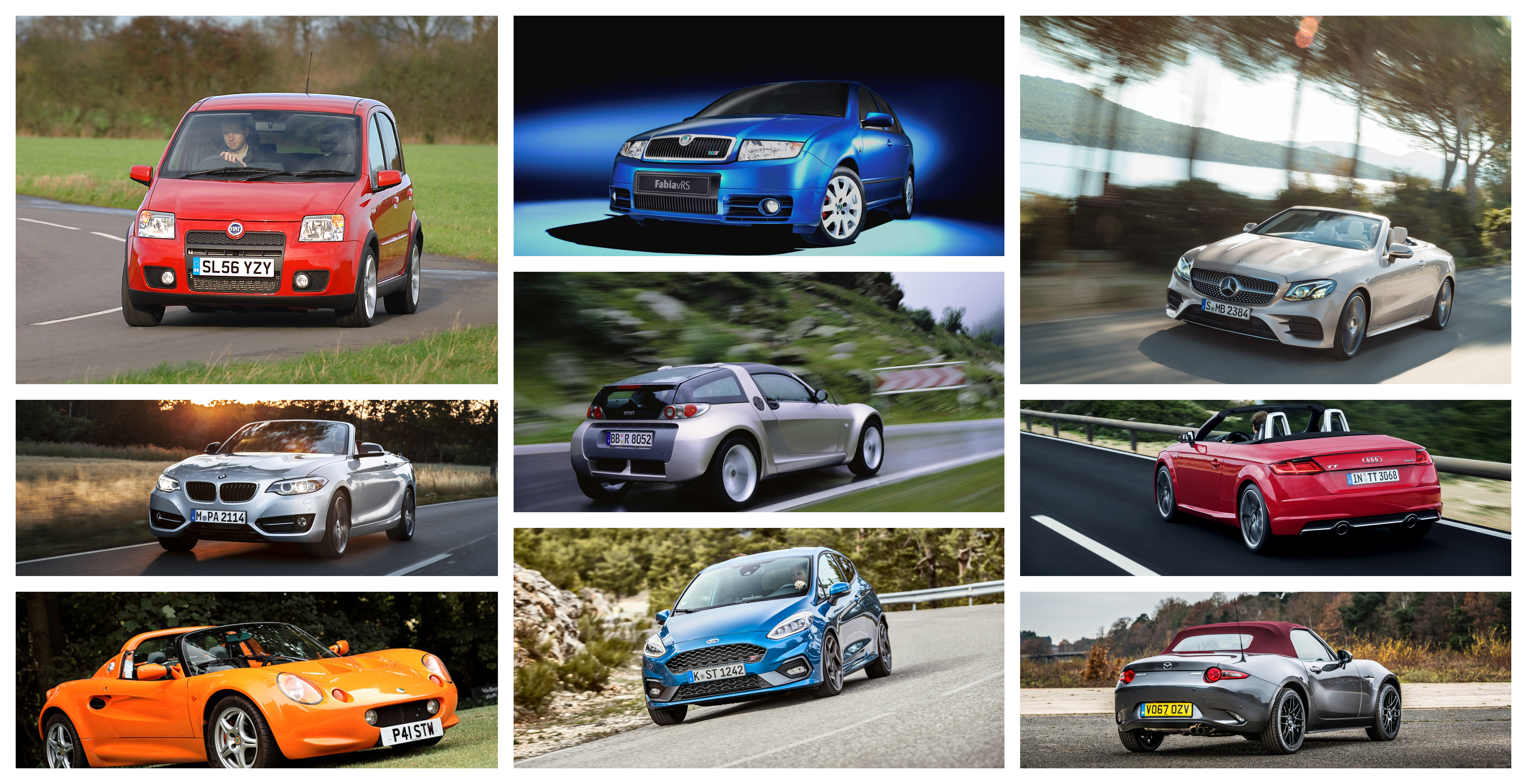Fuel prices are on the increase in a big way – May saw the worst increase in the price of petrol in 18 years.
Thanks to a jump in the price of oil and a poor exchange rate with the dollar, the average prices of petrol and diesel across the country are currently 129.4p and 132.4p respectively. For many people, that’s enough to sack off the idea of a relaxing summer drive and break out the hiking boots instead.
But fun cars don’t have to be thirsty. We’ve rounded up ten of our favourites that should bring a smile to your face without breaking the bank…
Mazda MX-5
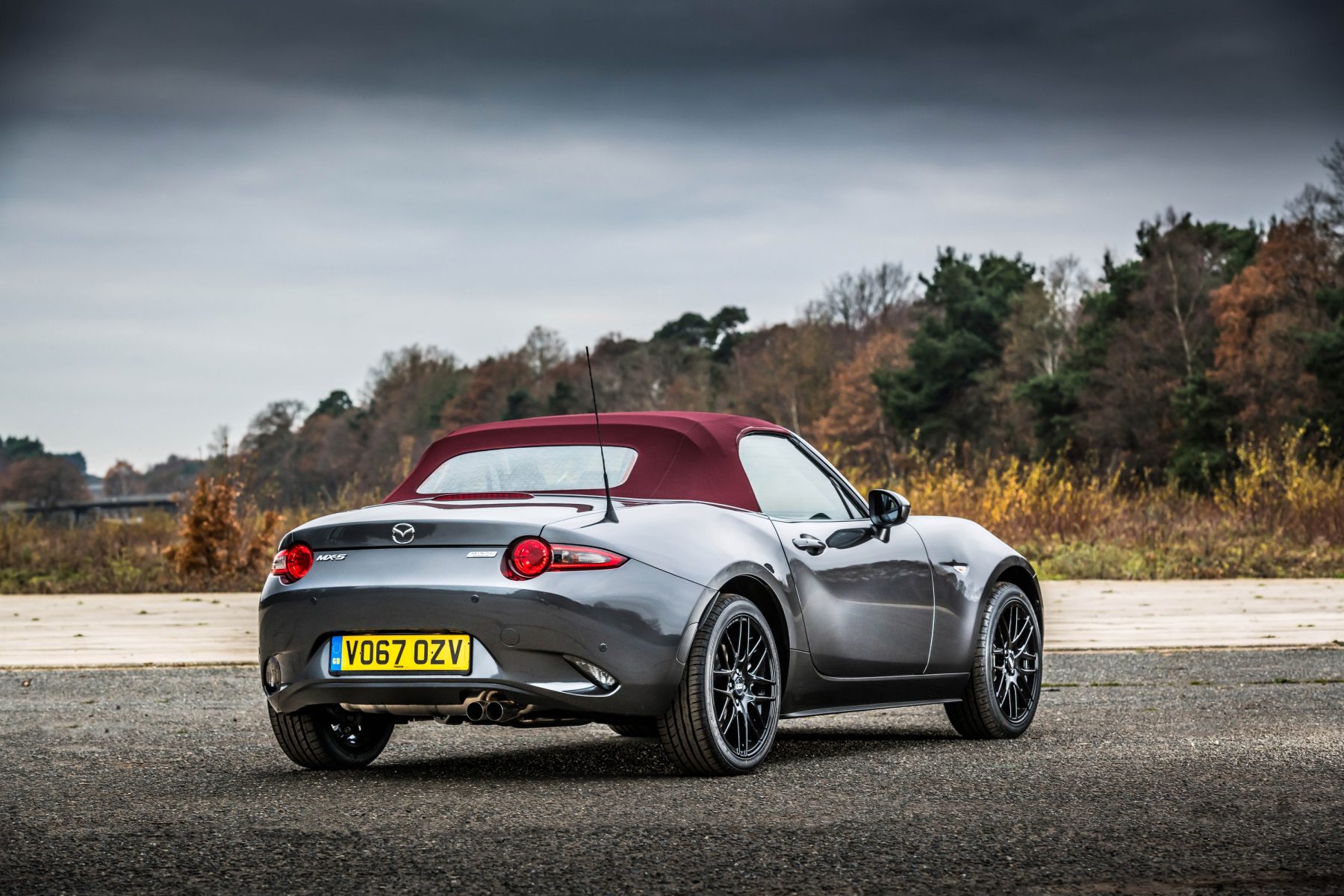
It’s one of the go-to names on the summer sports car segment – the Mazda MX-5. Providing wind-in-your-hair thrills for little outlay, the MX-5 is a reminder of why cars needn’t pack 500bhp to be fun to drive. Also, the MX-5 won’t cost the earth to run, thanks to decent economy figures and relatively low emissions.
Mazda claims that the smaller-engined MX-5 will return 47.1mpg on the combined cycle while emitting a respectable 139g/km CO2. These figures mean that you shouldn’t be spending too much time at the pumps, or paying all that much in vehicle tax, either.
Audi TT Ultra
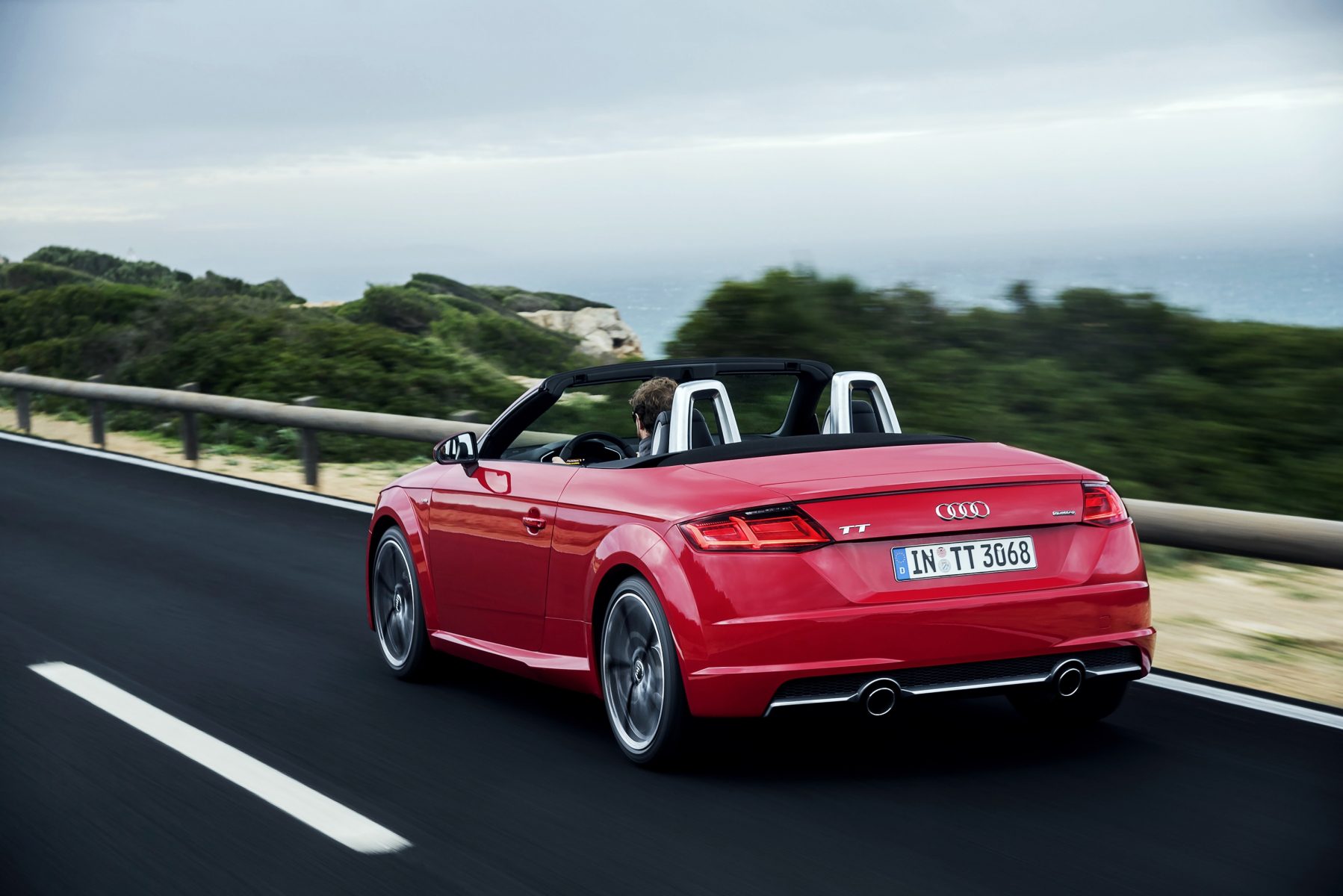
If you’re looking for a refined, easy to drive and premium sports car, then you needn’t look too much further than the Audi TT ultra. We’ll agree, diesel engines don’t often fit the overall feel of a compact sports model, but the 2.0-litre turbocharged oil-burner under the bonnet is punchy enough to feel exciting.
It’s well worth mentioning that Audi claims that the TT Ultra will achieve over 60mpg on the combined cycle – so if you’re after a sports car with few drawbacks, then this is the one for you. It’s even got a decent amount of luggage space, so you won’t have to cut back on the amount of kit you bring along for the ride, either.
Fiesta ST
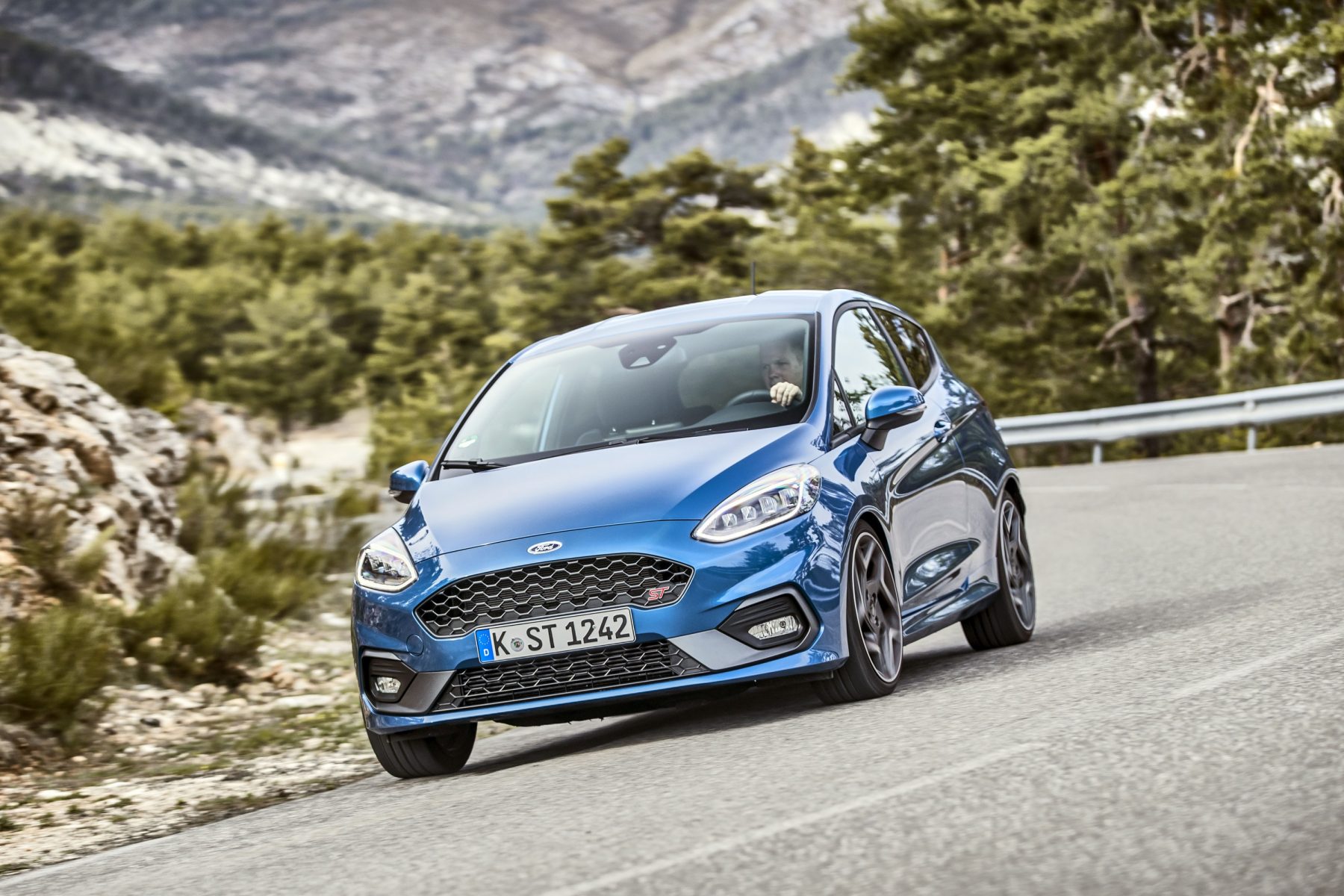
The previous Ford Fiesta ST gained near-legendary status among petrolheads for being one of the best hot hatchbacks you could buy. The latest model moves the game on even further, and continues to offer the best handling in the business – but now wrapped up in a more appealing, premium package.
The star here is the engine – it’s a 1.5-litre three-cylinder pumping out 197bhp and capable of 0-60 in just 6.2 seconds. Yet take it gently and the Ford will return 55mpg on the combined cycle, with usefully low tax and insurance to sweeten the deal.
BMW 218d Convertible
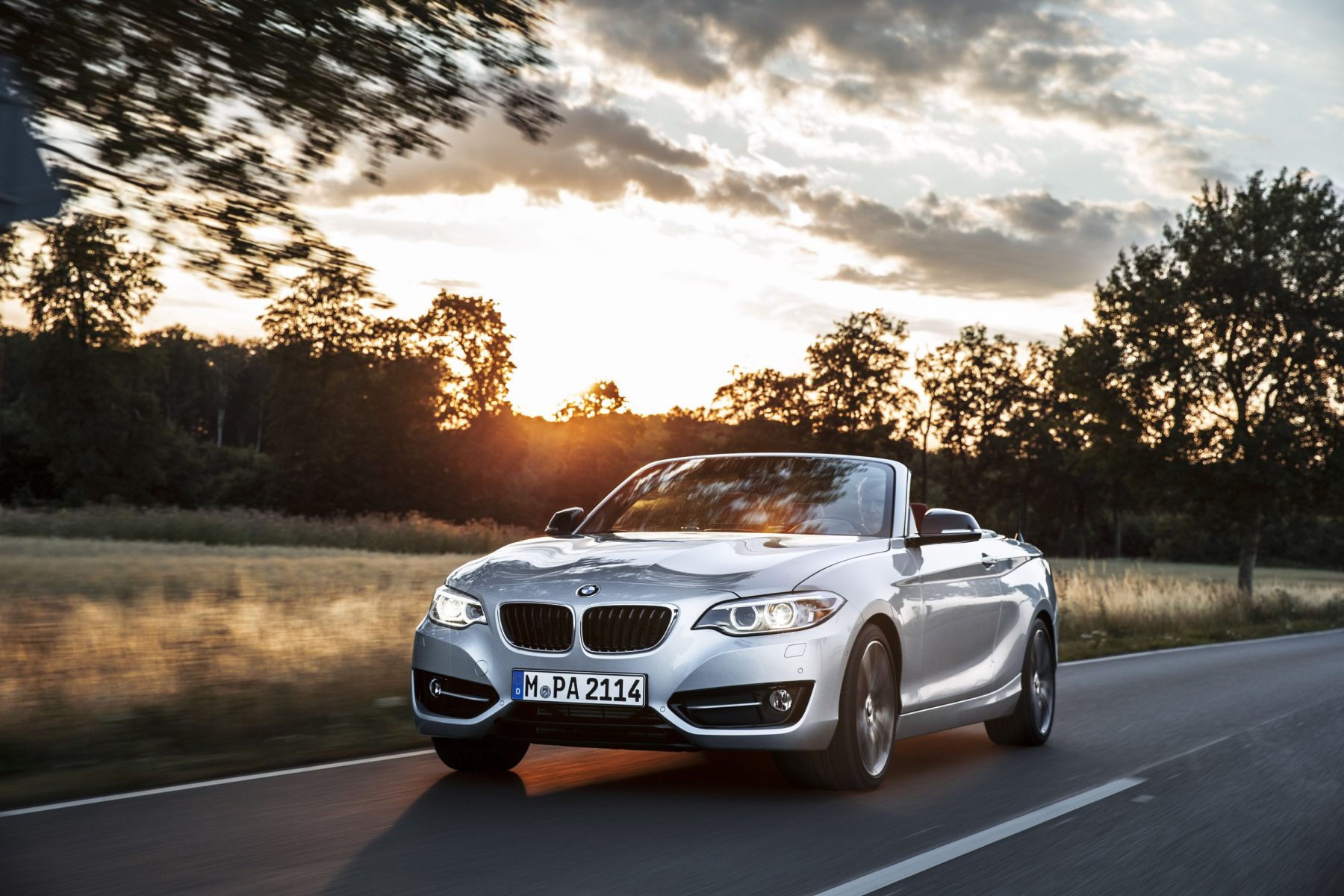
The BMW 2 Series is arguably one of the best-proportioned cars on sale today, with dynamic styling and premium touches combining to create an extremely attractive compact two-door. Though it’s available with a wide variety of powertrains, the 218d is our pick of the bunch if you’re looking to keep fuel costs to a minimum.
The 2.0-litre engine under the bonnet is punchy enough to keep things entertaining, while the 2 Series is also graced with excellent steering and inherent balance. It may not be the quickest car in the segment, but it’s easily one of the most enjoyable to drive. With a claimed fuel economy of 54.3mpg too, that enjoyment won’t be spoiled by having to fill up all that often.
Mercedes E220d Convertible
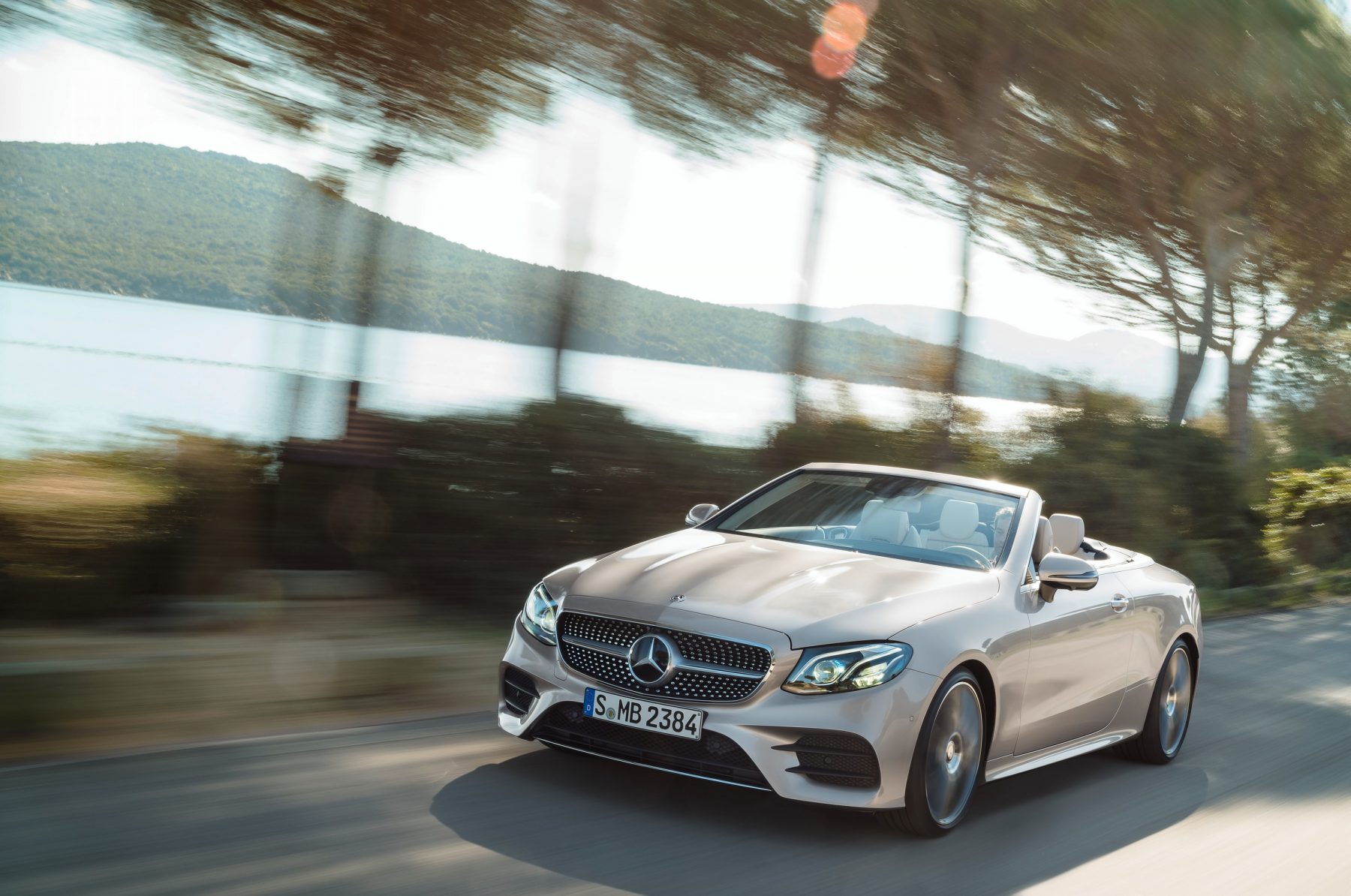
If you want one of the most stylish, premium and yes, practical convertibles around, a big Mercedes has always been a sound choice. But now the E220d adds low running costs to that list, with an impressive claimed fuel economy of 57.7mpg on the combined cycle. That’s lower than some superminis.
Don’t think you’ll be compromising either, as the 220d diesel delivers a 0-60mph sprint of 7.5 seconds and a top speed of 147mph. It’s all wrapped up in a slinky body with four genuinely usable seats, a good-looking and quick-folding fabric roof, and one of the most premium interiors on the market.
Caterham 160
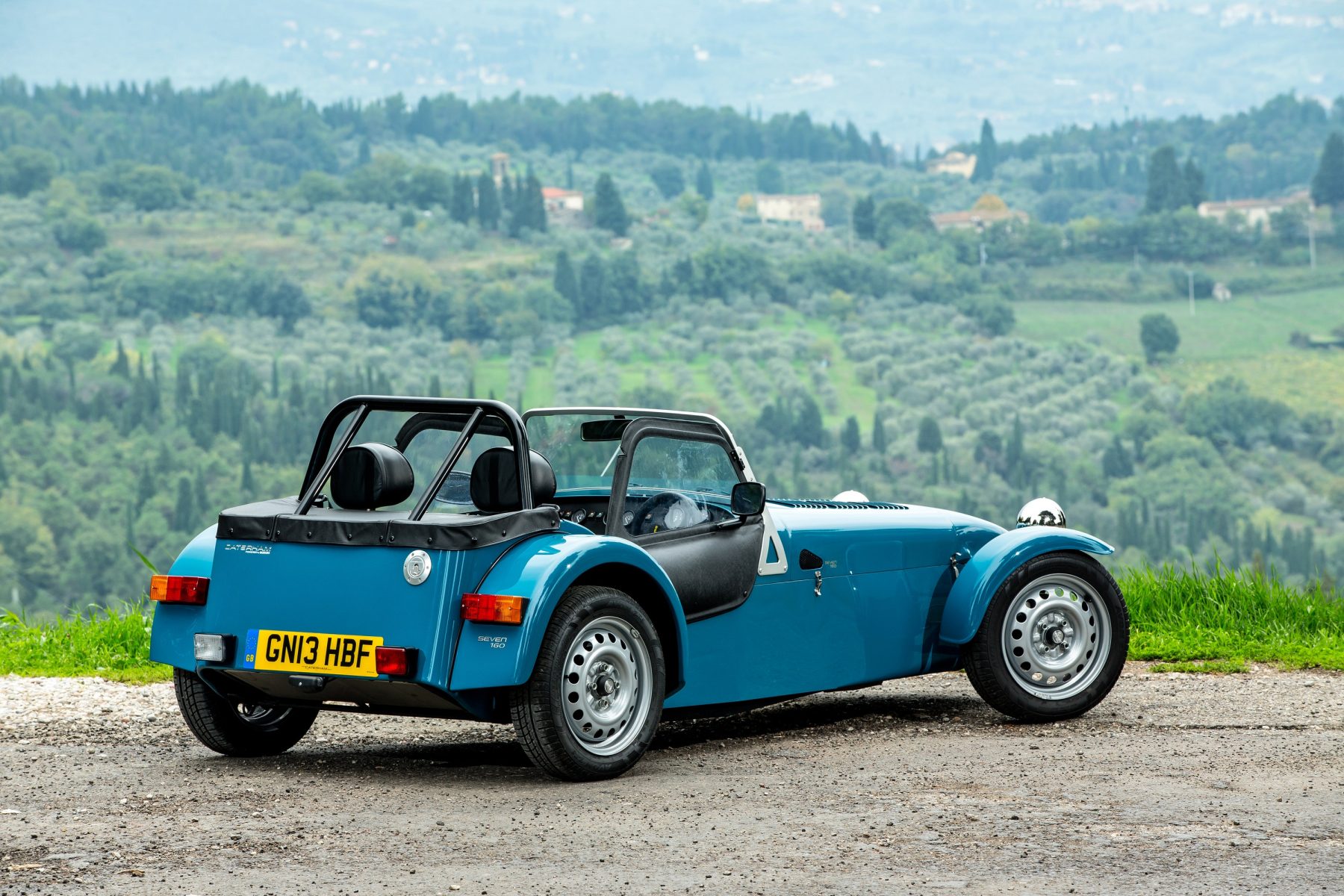
When you think of a Caterham, images of screaming engines, bugs-in-your-teeth and frequent trips to the filling station may spring to mind. However, that needn’t be the case, as Caterham build a car that is designed to be enjoyed with as few drawbacks as possible – the 160. Underneath the bonnet thrums a Suzuki-sourced three-cylinder turbocharged engine with just 80bhp and, though that may not sound like much, it’s enough to propel the lightweight 160 to 60mph in just under seven seconds.
The low capacity engine, combined with the car’s overall low weight, means that the 160 sips fuel. Plus, with a fuel tank the size of a pipette, fill-ups really aren’t going to break the bank.
Fiat Panda 100hp
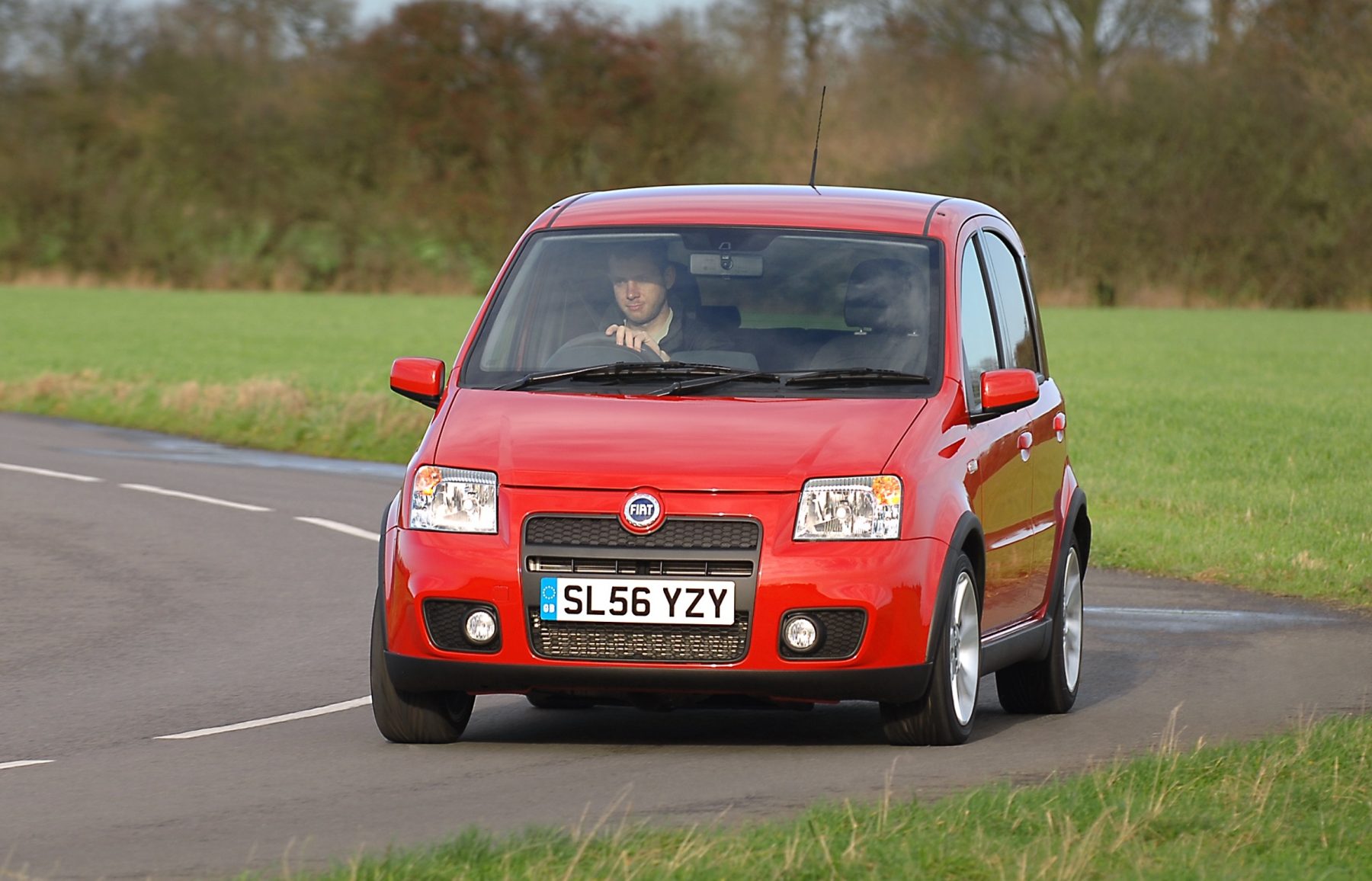
The little Fiat Panda 100hp has come to become somewhat of a cult classic. Despite its low power output – funnily enough, just under 100bhp – the Italian hatch is a huge amount of fun to drive, thanks to high grip levels and plenty of feedback to the driver.
In addition, as a result of being based on the regular Panda, replacing parts on the 100hp isn’t going to be a costly affair. You’ll find the same if you ever need to change up an exterior panel too. You’ll be able to snag a decent, reasonable-mileage 100hp for under the £3,000 mark – making it exceptionally good value-for-money.
Smart Roadster
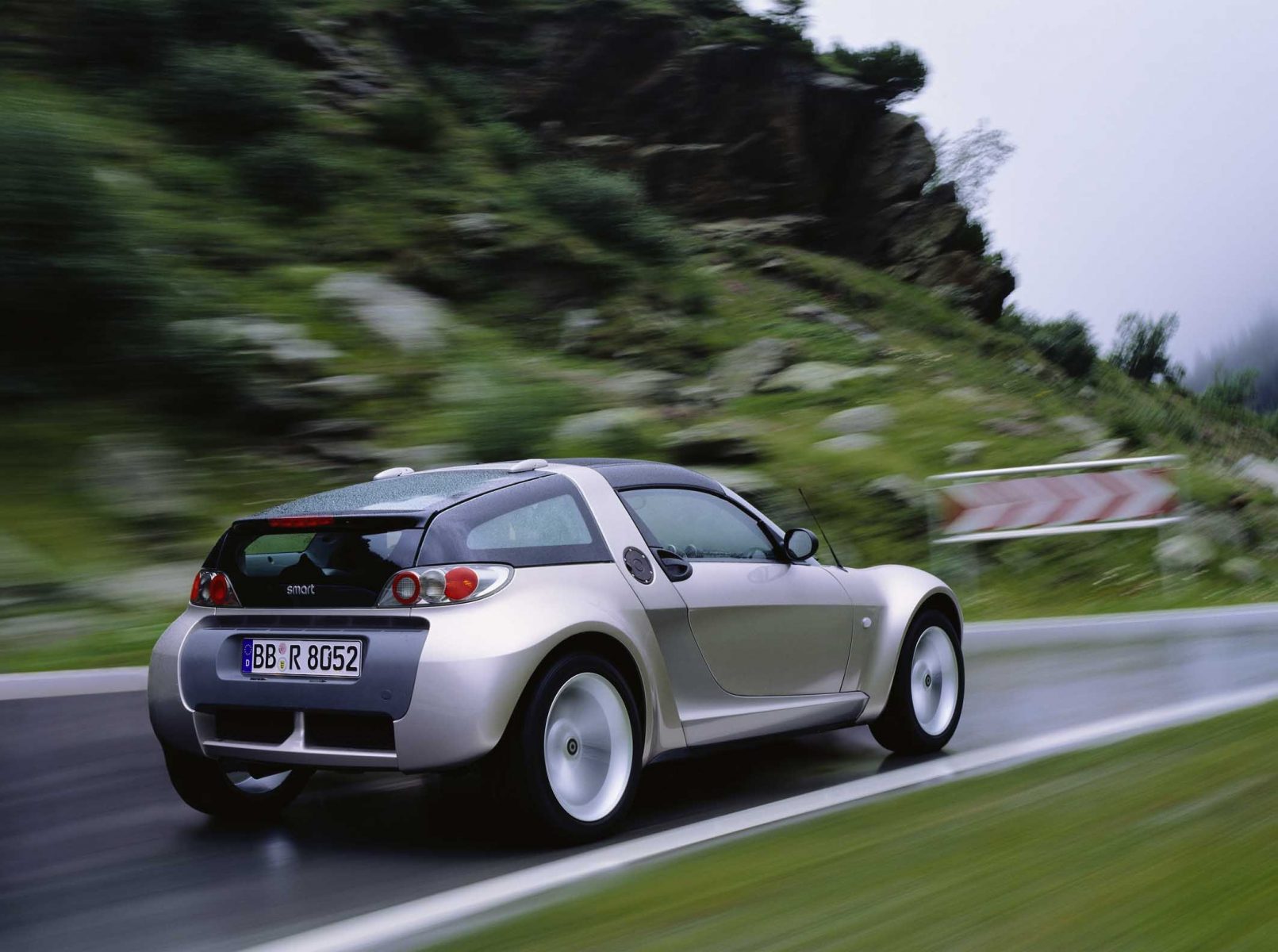
Mercedes’ recipe for the Smart Roadster was about as unconventional as it was possible to be. A tiny body covered in plastic panels, a rear-mounted, 0.7-litre three-cylinder engine, a semi-automatic gearbox, and either a lift-out targa roof or a retracting convertible top.
The end result did have its flaws – notably the awkward and slow-shifting transmission – but the payoff for all of its compromise was the weight – or lack of. At under 800kg with a hilarious rear bias, the Roadster was more fun in the corners than many supercars – but cost a fraction of the price. That tiny engine promises fuel economy of well over 50mpg, and the plastic panels are easy to replace in the event of a ding. Prices are rising fast, but you can pick up an early model for around £1,500. Budget £3,000 for a tidy Roadster-Coupe, and more still for a desirable Brabus.
Skoda Fabia vRS (Mk1)
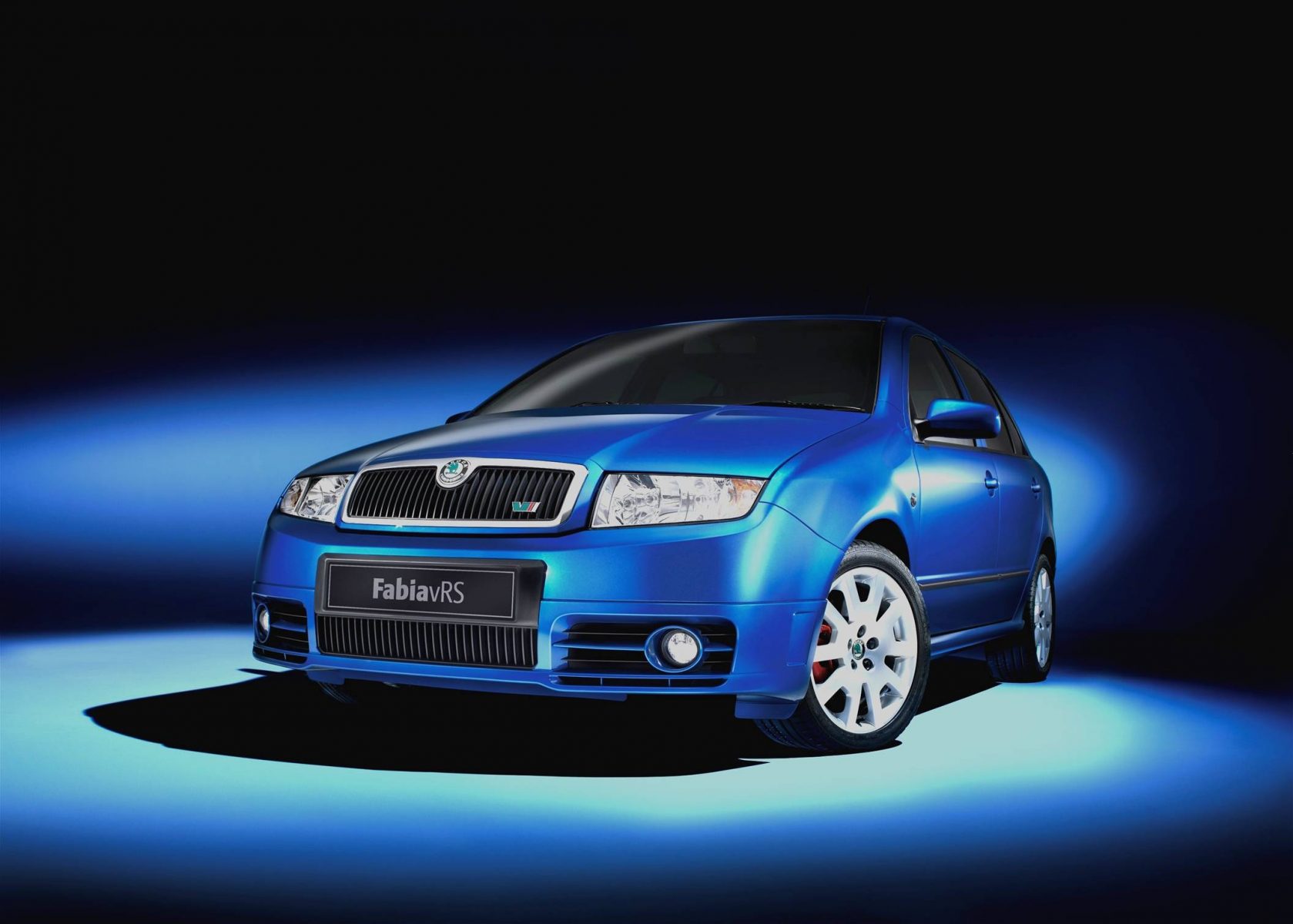
A diesel hot hatchback seemed like heresy, but the Fabia vRS showed the world it was not only possible but that the end result could be genuinely brilliant. With its peppy 1.9-litre, 130bhp diesel, the Fabia had a totally different character to most hot hatchbacks but retained strong performance, good handling and a compact frame.
That engine had a couple of advantages too. First, those inclined to tune their cars would find a simple remap could take the engine up to a safe 170bhp and beyond. Then, there was the fuel economy – Skoda claimed that the vRS was capable of 53.3mpg and many owners saw figures well in excess of this. Prices on the used market start at around £1,500.
Lotus Elise (Mk1)
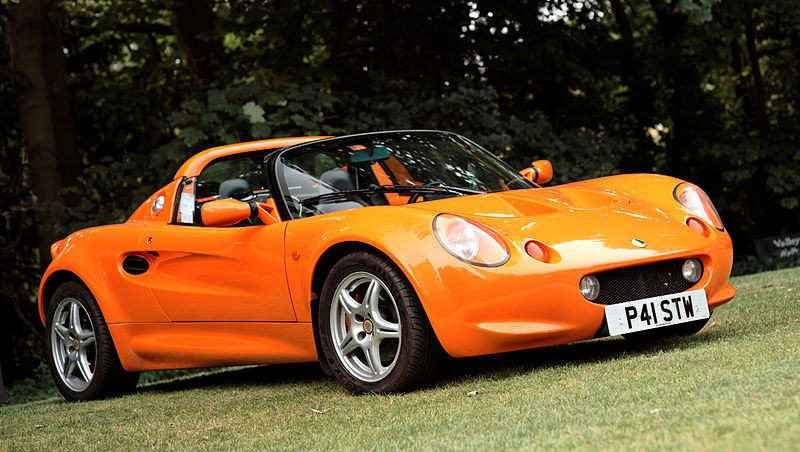
What kind of car does £15,000 buy you these days? A dull, diesel hatchback? A leggy executive saloon with a salesman’s bum-print in the leather? How about a pedigree British sports car? Step forward the Lotus Elise.
The Elise is the Norfolk-based manufacturer at its best – a tiny body and super low weight means that the Elise makes the most of its modest 118bhp, and will outrun many a modern hot hatchback with its 5.8-second 0-60 sprint. It won’t break the bank either – the 1.8-litre K-Series lump is super easy to get parts for, while up to 50mpg on a long run is very impressive.

